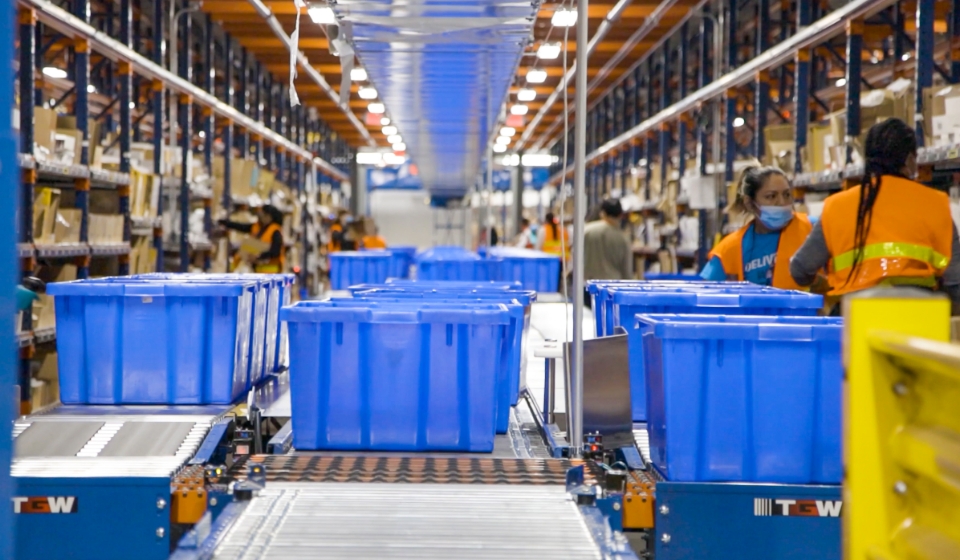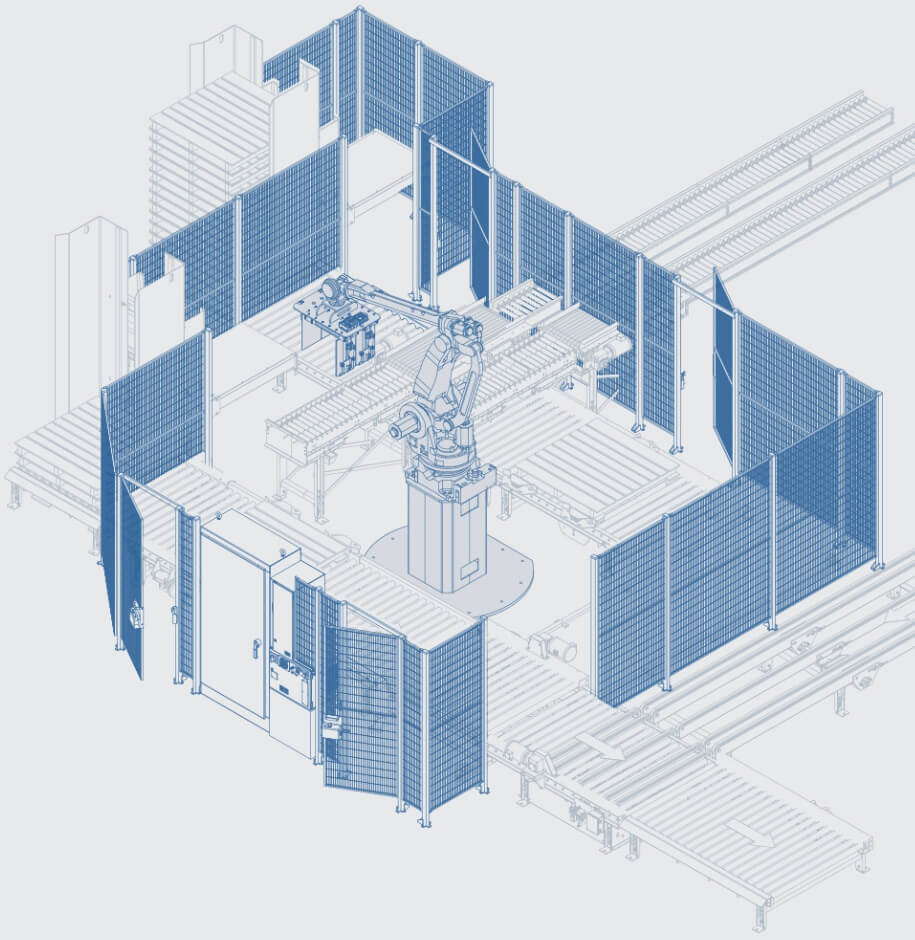Sortation Systems
Sortation systems offer a proven method for efficiently managing high volumes of products in environments like warehouses and distribution centers. By handling large volumes of items quickly and accurately, they increase operational efficiency and lower costs while improving accuracy.
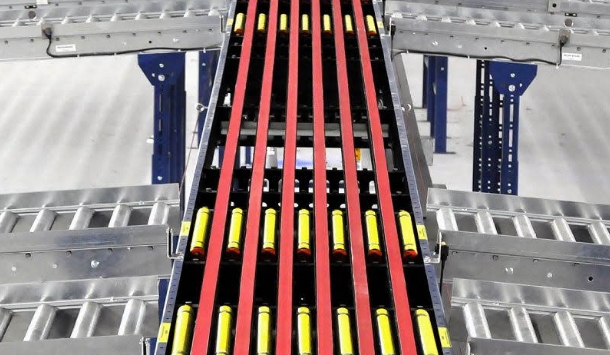
Pop-Up Wheel Sorters
Pop-up wheel sorters handle a wide variety of products with flat bottoms. One of the most frequently used sortation devices, these sorters consist of one or more rows of powered wheels that pop up above the surface of the conveyor. They contact the bottom of the product, lift it above the conveying surface, and guide it off the conveyor at an angle. The wheels are lowered when there is no need to divert product. The best uses for pop-up wheel sorters are medium-throughput applications.
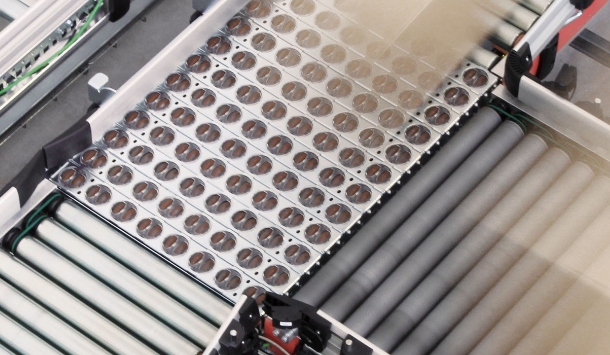
Swivel Wheel Sorters
Swivel wheel sorters have much in common with pop-up wheel sorters. The main difference is that the wheels are always in the up position. When product needs to be diverted, the rollers swivel in the direction of the divert, contact the bottom of the product, lift it about the conveying surface and guide it off the conveyor at an angle. The wheels are oriented in the direction of flow when there is no need to divert product. Swivel wheel sorters also are best used in medium-throughput applications.
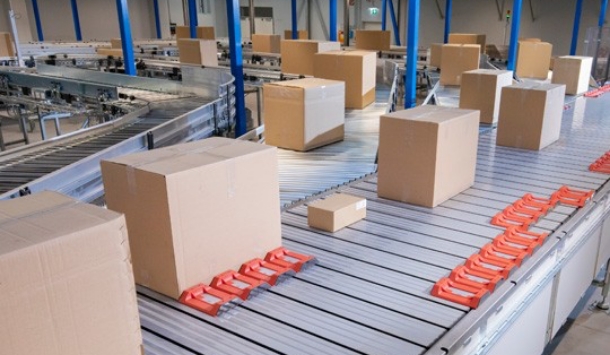
Sliding Shoe Sorters
Providing a great deal of flexibility for sortation at high rates, the sliding shoe sorter uses a series of divert shoes that slide across the horizontal surface to engage the product and guide it off the sorter. These sorters are wide conveyors in which the shoes move from side to side as the product flows in order to divert the product to either side. Slide shoe sorters are capable of handling a wide variety of products with a smooth, yet very positive, divert. These sorters are best used in medium to high throughput applications.
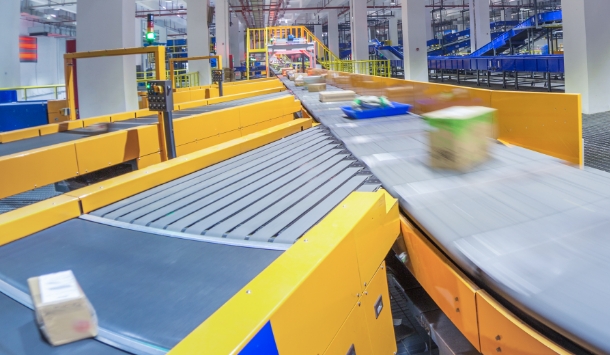
Cross Belt Sorters
Similar to tilt tray sorters, the cross belt sorter carries product on short belt segments mounted 90 degrees to the conveyor's line to travel. This short belt, or cross belt, energizes to divert product at the product at the discharge point. As with the tilt tray sorter, the physical layout of the induction and discharge points can dramatically affect the overall throughput. A large number of induction points can be accommodated. Applications can vary from low to high throughput systems.
NBS® Narrow Belt Sorters
A recent innovation, TGW-ERMANCO Narrow Belt Sorters deliver key advantages over conventional sorters, reducing energy usage, noise, and installation time. The sorters utilize a series of narrow belts, each with its own take-up. The ideal application is within the key middle range of sortation throughput providing efficient and cost-effective performance.
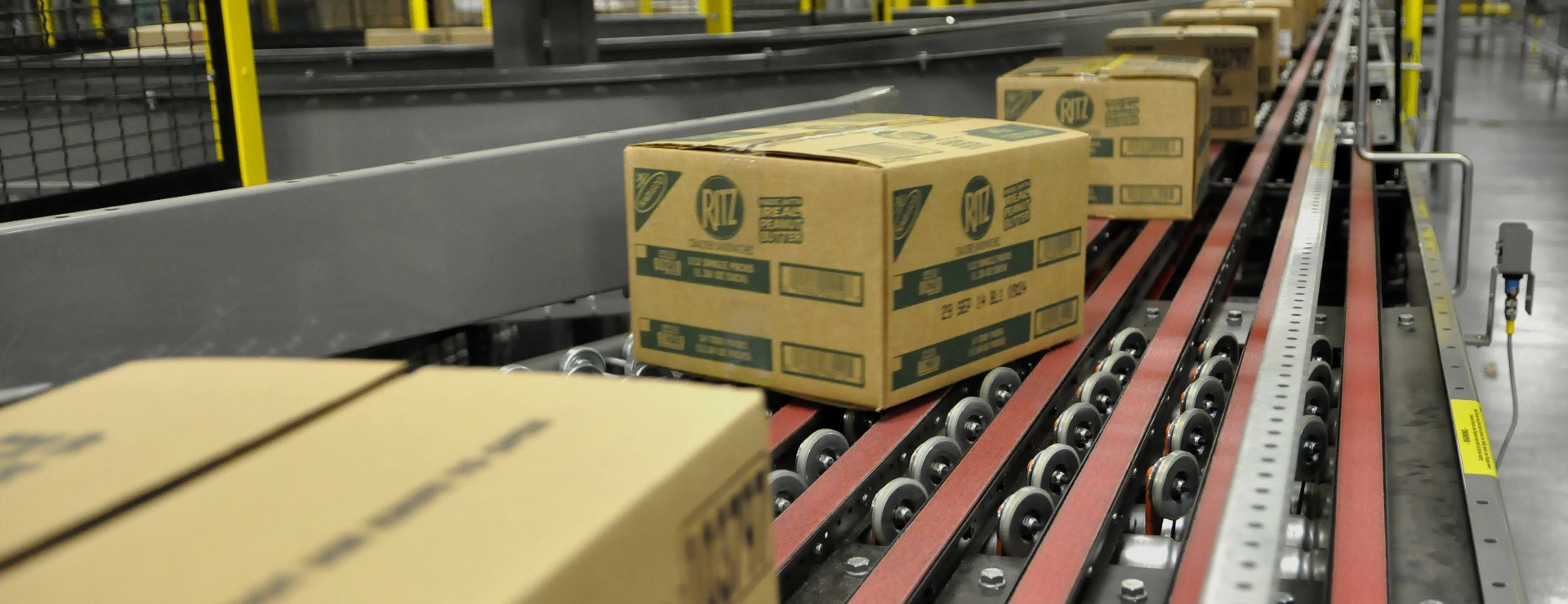
Key Benefits
- Reduces energy consumption by 70%, noise level by 75%, and installation time by 40% over conventional sorters
- Picks up product “on the fly,” maximizing sort rate
- Conveys product along entire length on belt, delivering quiet operation and increasing accuracy of diverts
- Individual belt take-ups for smooth product flow and long belt life
- Modular divert mechanisms allow quick, easy reconfiguration of system
- Simple design for ease of maintenance
Zone Routing Conveyors
When it comes to automating warehouses, the MMCI team has extensive experience in integrating zone routing conveyors that reduce the amount of operator handling time and eliminate unnecessary steps in a conveyor picking system.


